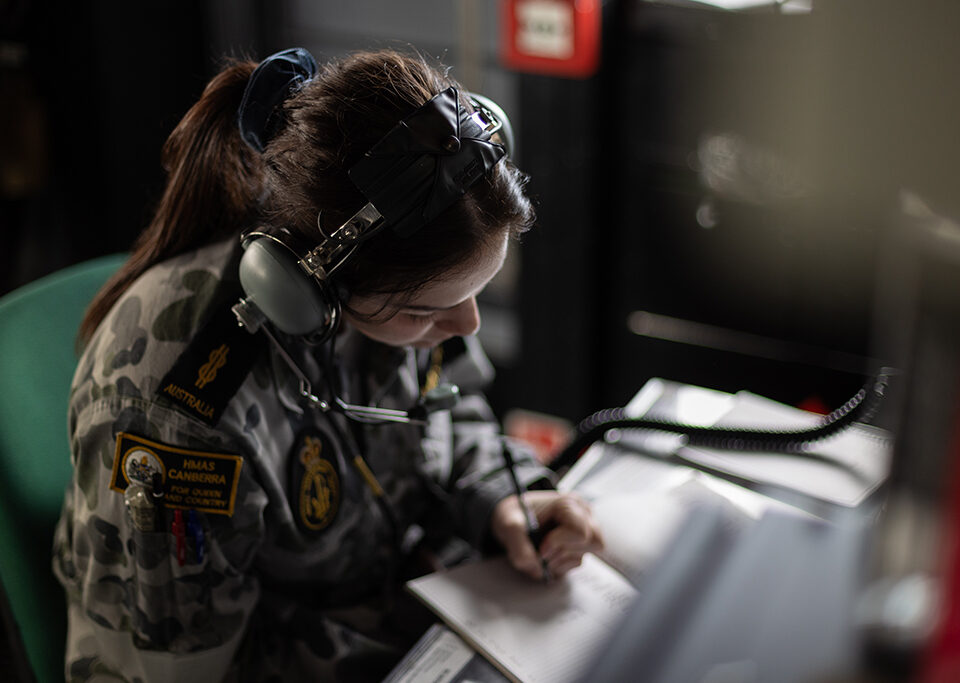
5 tips for shopping online this Christmas
November 3, 2021
Super Stapling
November 15, 2021Using a DIY superannuation fund (technically called a self-managed superannuation fund or SMSF), to accumulate retirement savings is now a choice available in some circumstances to ADF members and families. This point is not lost on the enthusiastic cohort of commercial promoters of SMSFs, so be skeptical about the independence (or lack thereof) of your sources of professional advice.
The eagerness with which Australians have embraced SMSFs is remarkable. SMSFs, of which there were nearly 600,000 at June 2021, now account for more than 99.7% of all superannuation fund entities, contain over 25% of superannuation assets, have an average balance of over $1 million and a combined membership of 1.1 million people.
What’s driving this growth? Could it be generous tax breaks? That’s unlikely because the same tax breaks apply to the superannuation system as a whole, not just to SMSFs. Could it be that the costs of running an SMSF are lower than institutional alternatives? That’s also unlikely as the costs and of running such a fund can be considerable, after factoring in administration, management, accounting, compliance and auditing costs from a wide range of service providers, not to mention the sometimes stressful allocation of time by you and your family who will be members of the SMSF.
More likely, the growth is caused by the desire on the part of members of these funds to have control over their investments. Throughout the four decades since the inception of this form of superannuation, clients have rarely needed much convincing about the merits of establishing a SMSF. So that by the time they consult an accountant or financial adviser, many people have already persuaded themselves that they can achieve a better rate of return than professional investment managers; and even if they can’t, at least the money will be kept out of the hands of the “forces of darkness” (banks and funds managers). In fact, some clients want to keep control at almost any cost, which is ironic when the reality is that a large proportion of funds invested in SMSFs is held in low interest earning term deposits controlled by the very institutions that they love to hate.
The SMSF phenomenon has given birth to an industry within an industry, representing the so-called “SMSF sector”. The industry contains articulate and well-funded associations of service providers, often promoting the merits of SMSFs over other form of superannuation. More recently, we have seen the rise of “SMSF educators” whose principal purpose appears to be to convince members of the public to use SMSFs to gear (borrow) into the great Australian dream on the basis that real estate is always an investment winner.
A significant, but rarely discussed challenge to the viability of the SMSF sector is the ageing cohort of SMSF trustees and their diminishing ability and enthusiasm to manage and control their superannuation affairs. In the not too distant future, there will be tens of thousands of SMSF trustees in their 70s, 80s and beyond. This presents risks at many levels. There is the regulatory risk that trustees will fall short in their compliance obligations. There’s also the risk of poor investment decisions caused by incompetence and diminished cognitive abilities. And then, sadly, there is the risk of elder abuse by professional advisers and relatives seeking access to large sums of money that are typically held in SMSFs. These risks, particularly the latter, are not just theoretical. They are a real and present danger which will become a costly problem unless public policy responses are urgently developed to prevent them from happening.
The message here for ADF members and families it to think carefully (if not twice) before taking a decision to establish a SMSF. Ask yourself whether the idea of being so deeply involved in the operation of a superannuation fund is something that suits you. Or would you prefer to appoint someone else to undertake those tasks? We’re certainly not suggesting what you should or should not do, but the decision to establish a SMSF is not to be taken lightly. It’s a decision that must be made for the right reasons, including your acknowledgement that a properly run SMSF requires allocation of considerable amount of your time and a willingness to accept personal responsibility, compliance and investment risks.
The key point here is that before jumping into a decision you might regret (and many do), consider your options carefully. Our website contains a considerable amount of educational material on choosing an independent financial adviser and the Australian Taxation Office website is similarly recommended as a useful source of information about SMSFs.






